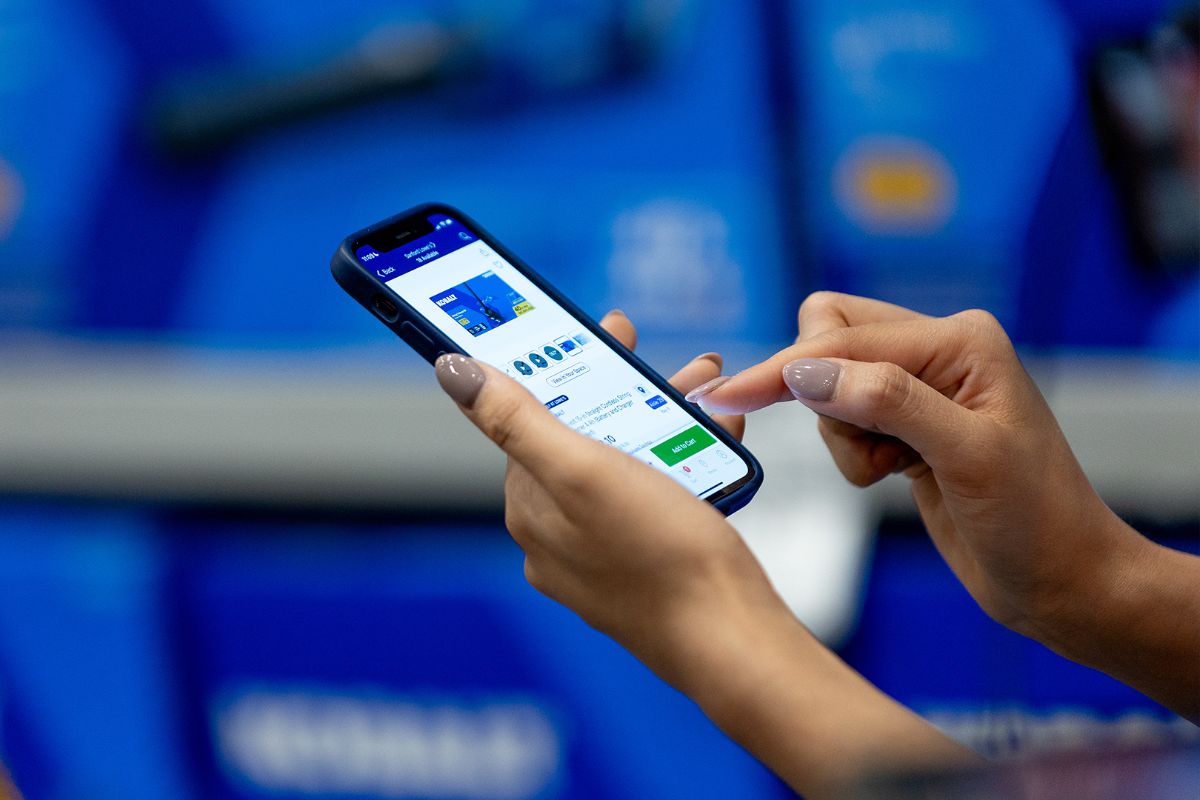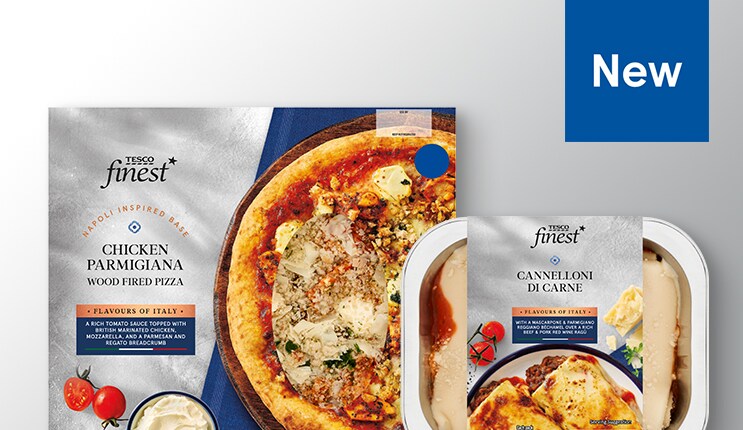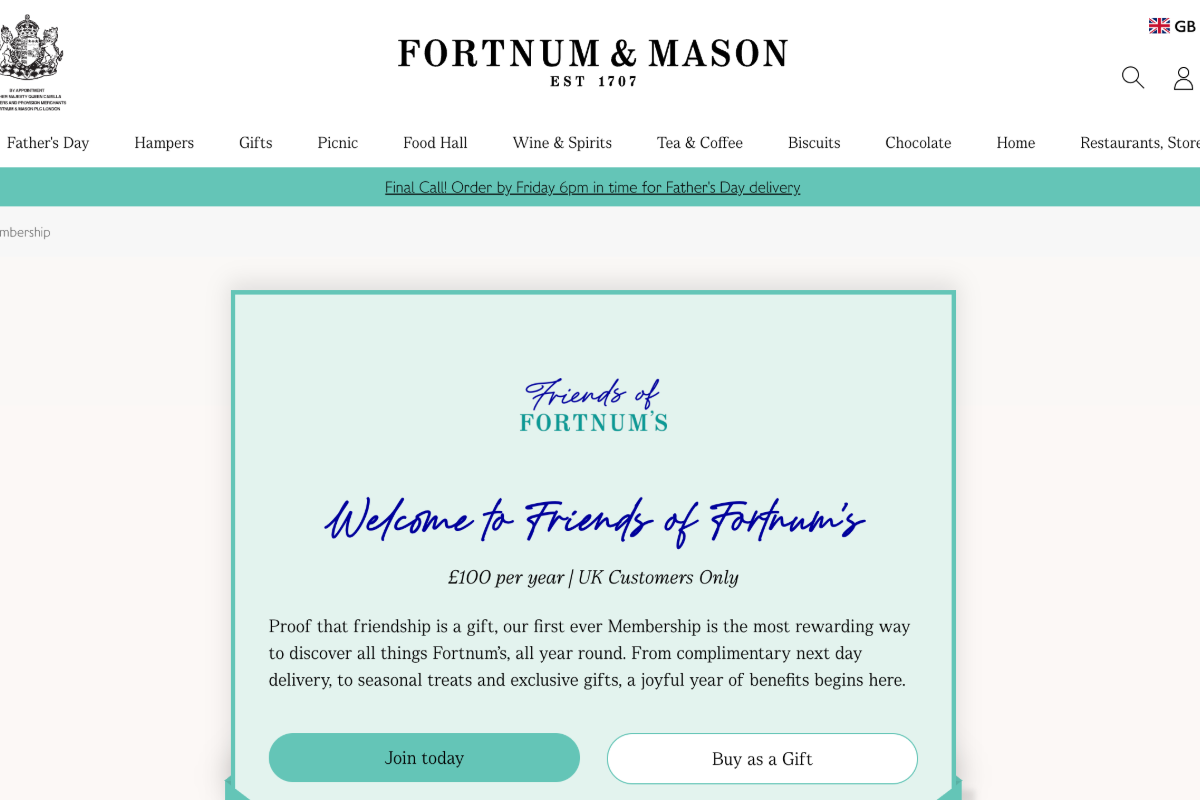Connected packaging has experienced a rise in popularity in the last 12 months, with more than four-fifths (81%) of those surveyed by tech studio Appetite Creative stating that they have used connected packaging, compared to just over half (54%) in 2022.
The biggest barrier for almost half of respondents is lack of business capabilities and preparedness (48%), price (20%) and complexity (11%). A stark contrast from the results in 2022 when a third (29%) stated it wasn’t a business requirement, a mindset found in only 7% of respondents this year.
Almost half (48%) consider connected packaging important to help educate customers, which paints a similar picture seen in last year’s survey. Other valuable factors this year included direct customer interaction (45%) and using connected packaging to inform product updates or marketing decisions (42%). Data collection requirements lagged behind with a third (29%) of those surveyed considering it important.
Increased investment in digital marketing spend is planned in 2023 by 88% of those surveyed vs. 59% in 2022. Businesses plan to increase spend on connected packaging campaigns by between $31,000 to $50,000, claimed almost half of respondents (42%). This is more than double seen back in 2022, when 40% planned to increase investment by less than $18,000.
Over four-fifths (88%) claim to be planning a connected packaging campaign this year and the majority (92%) of respondents consider connected packaging to be increasingly important to the packaging industry in the next 12 months and beyond. These numbers have ticked up year on year, with only two thirds (59%) in 2022 citing plans for a connected packaging campaign and 85% considered it important for the industry.
Connected packaging is deemed increasingly important as a sustainable way to connect with and educate customers (57%) and it is perceived by almost half (44%) to be becoming the main route to communicatedirectly with customers. Over a third (38%) surveyed believe it encourages customer loyalty, with gamification ranking in a similar position (36%) indicating playable ads are an important route to engaging with younger audiences.
Increased sustainability pressures on packaging producers and the introduction of new EU packaging laws have positively impacted the perceived value of connected packaging. The majority (91%) of respondents agree that it helps to improve the sustainability credentials of a company, vs 80% in 2022.
New survey questions added this year looked at gamification in marketing campaigns, a seemingly popular connected experience tool with 70% claiming to use or consider using it. Almost two-thirds (57%) adopted traditional mobile games, a third (31%) used augmented reality games and 11% shared a quiz through aconnected packaging experience. Almost half (48%) used gamification to promote a new product or drive sales, 17% to data collect and 15% to improve brand recognition.
“Despite the cost-of-living crisis and global economic uncertainty, investment in connected packaging experiences continues to rise,” explains Jenny Stanley, Managing Director at Appetite Creative. “No longer only a data collection tool, connected packaging is now a long-term customer relations and educational media channel, which helps companies navigate ever-changing sustainability requirements and inform product development and marketing decisions. Moving from a tipping point into mainstream usage this year, the perceived value of connected packaging has shifted to a business ‘must-have’.”









